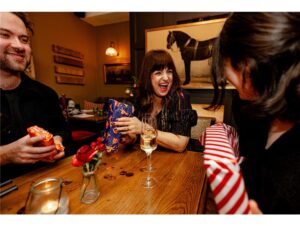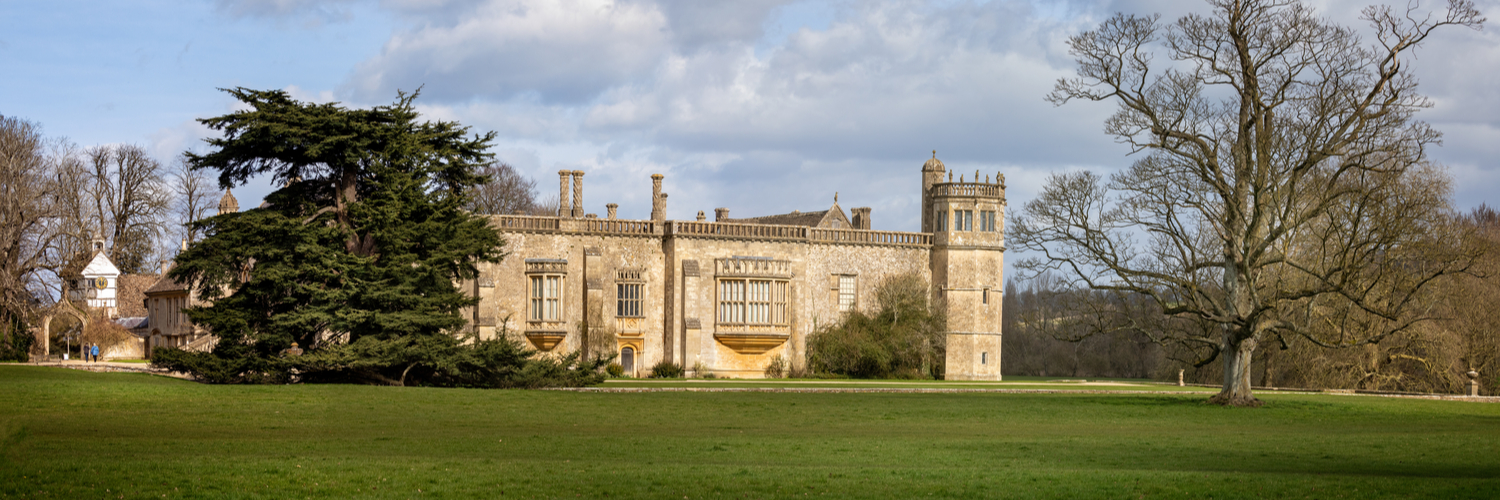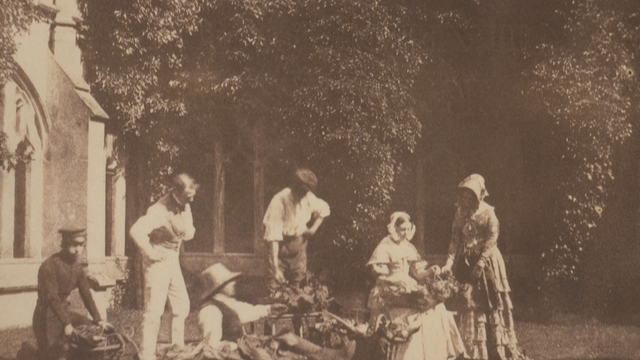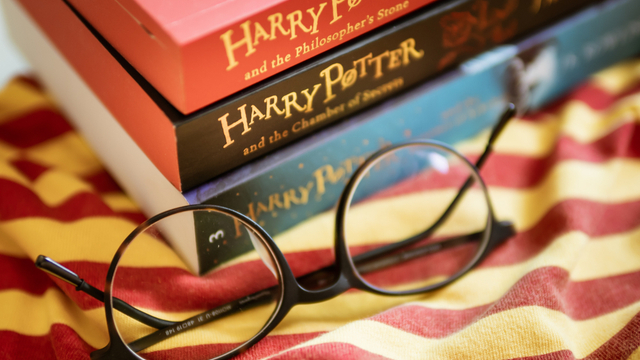Directions To The Bear Inn From Lacock Abbey
Serving delicious, seasonal pub food and award-winning Butcombe beer, The Bear Inn is a piece of Cirencester history that dates back to the 18th century.
To reach The Bear Inn from Lacock Abbey, you must head north-west on High Street towards East Street, before turning right onto West Street. Continue onto Cantax Hill and then turn right onto A350. At Lackham Roundabout, take the 1st exit onto West Cepen Way (A350) and then, at Chequers Roundabout, take the 2nd exit and stay on West Cepen Way (A350).
At the roundabout, take the 1st exit and stay on West Cepen Way (A350) and then, at Bumpers Farm Roundabout, take the 2nd exit and stay on West Cepen Way (A350). At the roundabout, take the 1st exit and stay on West Cepen Way (A350). At Badger Roundabout, take the 2nd exit and stay on West Cepen Way (A350).
At Malmesbury Roundabout, take the 2nd exit onto Malmesbury Road (A350) and continue for 2.5 miles. At Stanton St Quintin, take the 2nd exit onto A429 and then, at the next roundabout, take the 2nd exit and stay on A429. At the roundabout, take the 2nd exit and stay on A429 and then, at the next roundabout, take the 2nd exit onto Crudwell Road (A429).
Turn right onto Tetbury Road (A429) and then, at the roundabout, take the 2nd exit onto A429. At the roundabout, take the 1st exit onto Hammond Way and then, at the next roundabout, take the 1st exit and stay on Hammond Way. Turn right onto Tetbury Road, which turns left and becomes Park Lane. Continue onto Park Street, which turns slightly right and becomes Silver Street.
Turn left onto Castle Street and continue onto Market Place. Turn right onto North Way, where you will find The Bear Inn on your right.
